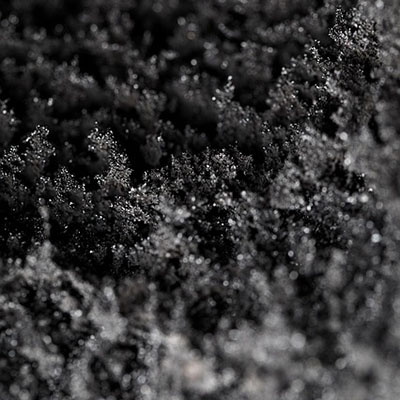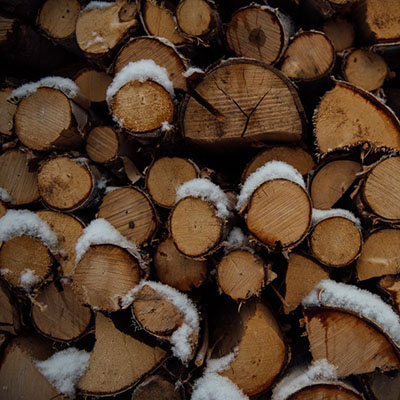Repair Your Chimney for Safety and Warmth This Winter
A clean chimney that’s in good repair is an efficient and safe chimney. If you suspect this doesn’t accurately describe your chimney, read on and find out what you need to know to restore its optimal performance.
Why the condition of your chimney is so important
 Each year in the U.S., more than 25,000 chimney fires happen. These result in everything from basic damage to catastrophic disasters. A substance called creosote, created when smoke condenses in the flue, is to blame for the majority of these fires.
Each year in the U.S., more than 25,000 chimney fires happen. These result in everything from basic damage to catastrophic disasters. A substance called creosote, created when smoke condenses in the flue, is to blame for the majority of these fires.
Creosote will begin to form any time wood is burned in a fireplace. It can’t be avoided. But it can be managed by having a thorough, professional cleaning performed at least once a year. Chimney cleaning involves removing excess creosote and soot as well as other potential fire accelerants like leaves, twigs and animal nests.
In addition to fires, an obstructed chimney will not vent properly, sending smoke and carbon monoxide into the home. Smoke is no fun, but carbon monoxide is invisible and odorless and can be deadly to humans and animals.
Another danger with chimneys is when their bricks and mortar begin to crack, compromising the integrity of the entire system and allowing damaging water to infiltrate. Water degenerates the chimney’s building materials and can affect the building materials of the house, as well. Chimney inspection and repair can prevent further, high-cost damage.
Different levels of inspection
All chimneys and fireplaces should be inspected annually. There are three standard levels of inspection used industry-wide:
Level I: Your basic inspection involving visual checks by a skilled set of eyes. Level I inspections look for possible chimney damage, component damage, creosote and other obstructions. Chimney cleaning and some repair work usually can be done at this time.
Level II: If you suspect a weather event or some other occurrence has damaged your chimney, a Level II inspection will go further than a Level I in examining the structure more closely and likely will include a trip to the attic, crawl spaces and roof. With this inspection, the technician assumes damage and sets about finding it.
Level III: This is the inspection performed when significant damage is known to exist. It usually leads to the tearing down of sections of the chimney – or the entire chimney – and then making repairs and initiating rebuilding work.
How you can help your chimney
 Even in the best circumstances, chimneys need regular inspection and cleaning. But there are things you can do to help your chimney operate at high efficiency.
Even in the best circumstances, chimneys need regular inspection and cleaning. But there are things you can do to help your chimney operate at high efficiency.
- Burn dry wood. Wet wood creates excess smoke (and creosote).
- Burn nothing but wood in a fireplace to avoid over-heating and dangerous leaping flames.
- If you notice water in the firebox, staining on the chimney or the house’s walls, or odd smells coming from the fireplace, have your chimney inspected for leaks immediately.
- If you hear a popping or deep rumbling sound when a fire is burning, you may have a chimney fire. Call 911 or your local emergency services number right away and then extinguish the fire in the firebox.
- Add a chimney cap on top of the chimney to keep out rain and debris, both of which can lead to serious problems.
Chimney Specialists of Highland, WI, wants every homeowner to have a safe and efficient chimney and fireplace. Call us at (608) 929-4887 for the best in chimney cleaning, inspection, repair and rebuild services.







